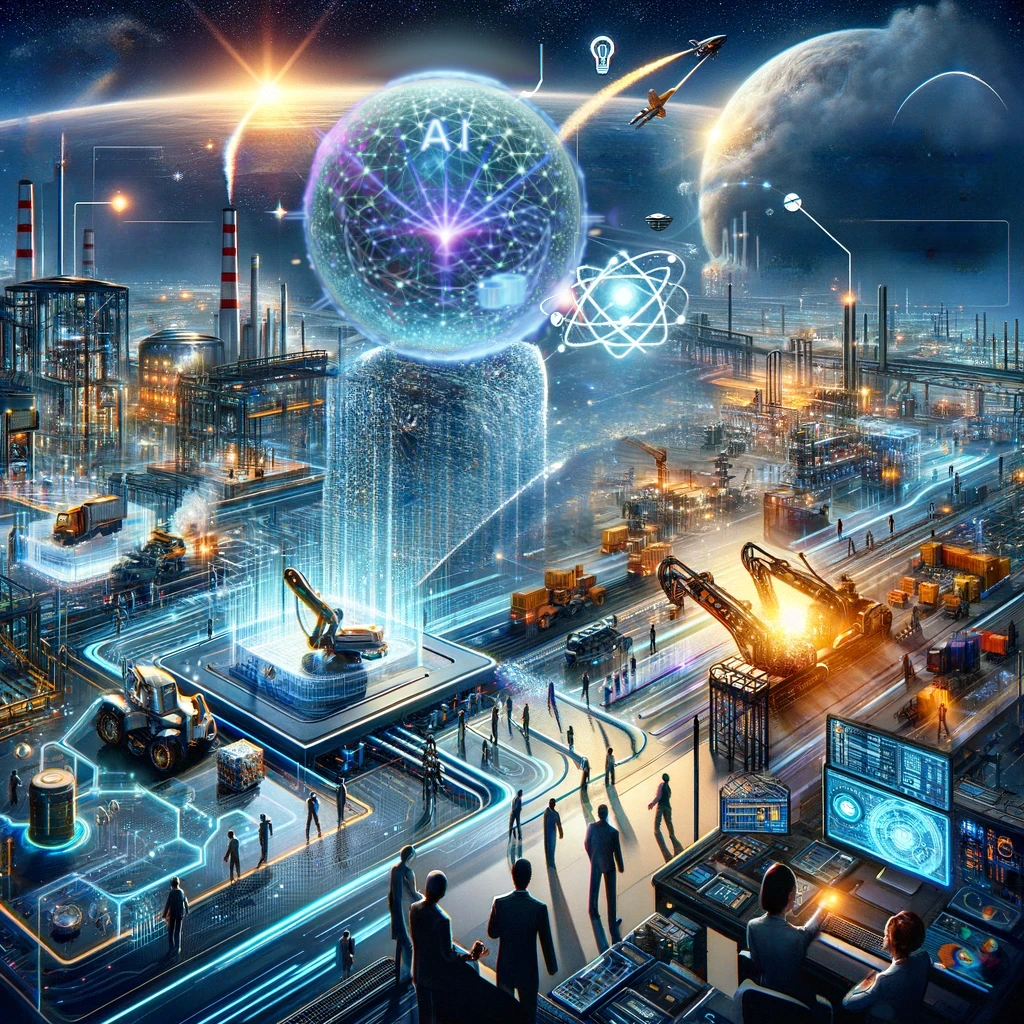This is a loose collection of thoughts of a long term vision of what drives my projects.
Currently I have a flexible robotic arm project in the works, and the initial stage of a AI assisted gamified productivity platform to work on.
Step by small step hopefully I can build tools that will be useful in moving the larger vision forward.
There is a lot to learn, many questions to ask, a lot to work on, and ideally so many people that could be helped (in the end, that should really be one of the main points to creating things); the process and journey could be a lot of fun as well.
All of this could come off as crazy unrealistic dreaming, but even more so these days, the pieces are there, and some of this is happening here and there. The systems and tools just need to be built to solidify and accelerate the possibilities.
– To remain grounded in reality: actual steps based on real technologies and real world data.
– To inspire people and then to build, all while gathering resources to do more and more hopefully eventually.
Background
For costs of goods and services, there is the chain from mining, raw materials logistics, manufacturing, finished goods logistics, and then end user sales.
AI Assistance
With the right systems built, we could have near universal global employment as a result of AI.
AI could help black box and encapsulate complex tasks to the point where almost anyone could do almost any job. Add robotics to the mix, and it could be done from about anywhere by about anyone.
AI could help black box and encapsulate complex tasks to the point where almost anyone could do almost any job. Add robotics to the mix, and it could be done from about anywhere by about anyone.
Human Assisted Automation
Total automation of everything, including edge cases, is pretty difficult, but boxing up the most common cases into helper tools is more doable. Tasks could be broken down, then guided by a human on what to do next.
And if we can measure productivity directly instead of just time spent on tasks or being somewhere, there could be a whole other level of personal freedom along with employment opportunities.
Changing the Employment Game
Job hopping stigma could be a thing of the past, as with enough AI assistance, training could be minimal and AI-guided.
Could be the ultimate in remote employment.
Dramatically Reducing Costs
Ideally the prices of raw materials then manufactured goods could drop dramatically enlarging markets.
A lot of the world is under developed and there is a lot that could be done to raise everyone up.
Cost savings might have to trickle down from the manufacturing sector after equipment and energy production have benefited from optimization.
Energy
Energy is a big issue in all of this.
But if a solution from the manufacturing sector can effect energy production, that could have an effect.
And creating significantly more demand for energy could help drive solutions for better energy solutions.
Labor Heavy Focus First
With robotics and AI sectors that are labor cost heavy could benefit the most.
Reduced labor cost doesn’t have to be a bad thing if the price of everything starts dropping, and first world country economies switch to system building and management.
Additional Raw Material Resources
One thing that could be scaled up with remote robotics is ocean floor mining, if a way is found to make it at least as cost effective.
And perhaps optimizing general manufacturing could make things like asteroid mining at scale more viable.
Starting with labor optimizations through robotics and AI seems the most feasible place to start, and then work out from there.
Mega Projects
Once building systems and costs are more optimized then it could start to make more mega projects, such as widespread large shipping infrastructure and space projects, more feasible. Optimizations such as widely affordable remote AI assisted robotic manufacturing, and large scale mapping and sensor projects.

